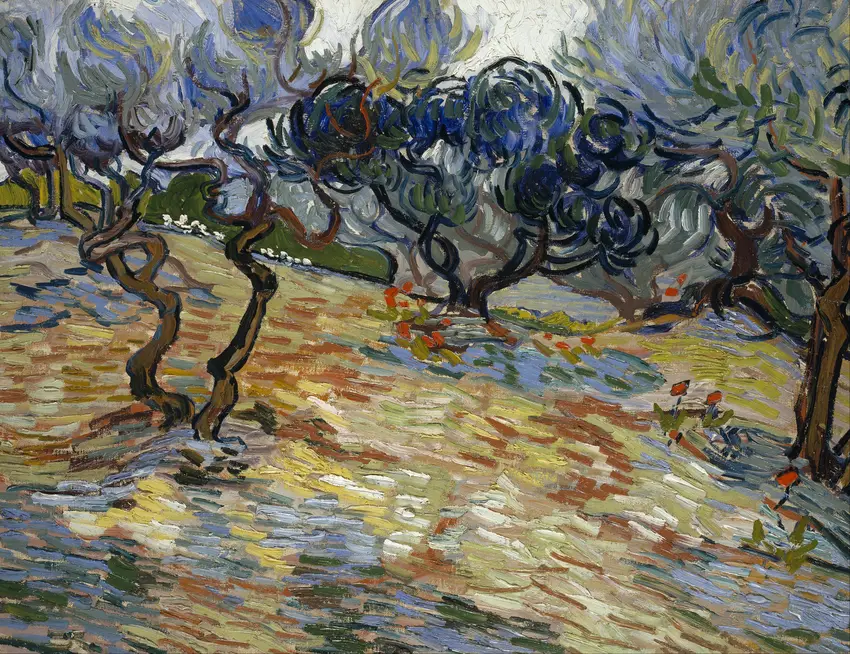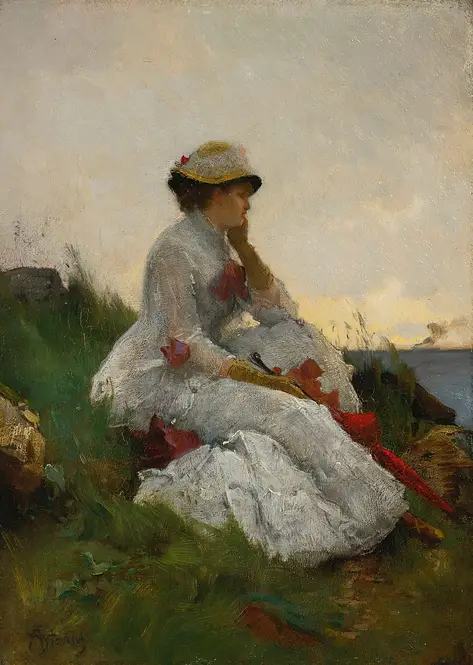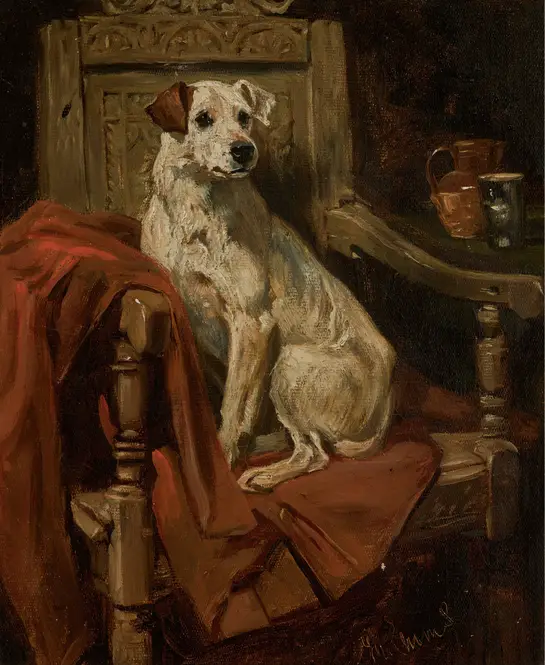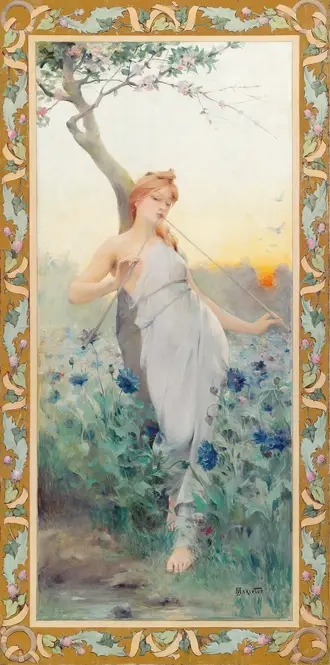Claude Monet’s *Hyde Park, London* captures the fleeting beauty of light and atmosphere in one of the city’s most iconic green spaces. Painted around 1871, the work reflects Monet’s fascination with urban landscapes, blending the natural and man-made with loose, impressionistic brushstrokes. The scene is alive with movement—leaves rustle in the breeze, figures stroll along shaded paths, and sunlight dapples the grass in shifting patterns. Unlike his later, more abstract works, this piece retains a delicate balance between detail and spontaneity, offering a glimpse of London through the eyes of a master still refining his revolutionary style.
Monet’s time in London during the Franco-Prussian War marked a turning point in his career, and *Hyde Park* hints at the bold experimentation to come. The painting’s palette—soft greens, muted blues, and warm earth tones—evokes a tranquil, almost dreamlike quality, as if the park itself is breathing. Shadows dissolve into light, and distant carriages blur into the background, suggesting the transience of the moment. It’s a quiet yet dynamic composition, where every stroke feels both deliberate and alive.


-full.webp)




 (1892)-full.webp)
-full.webp)

-full.webp)